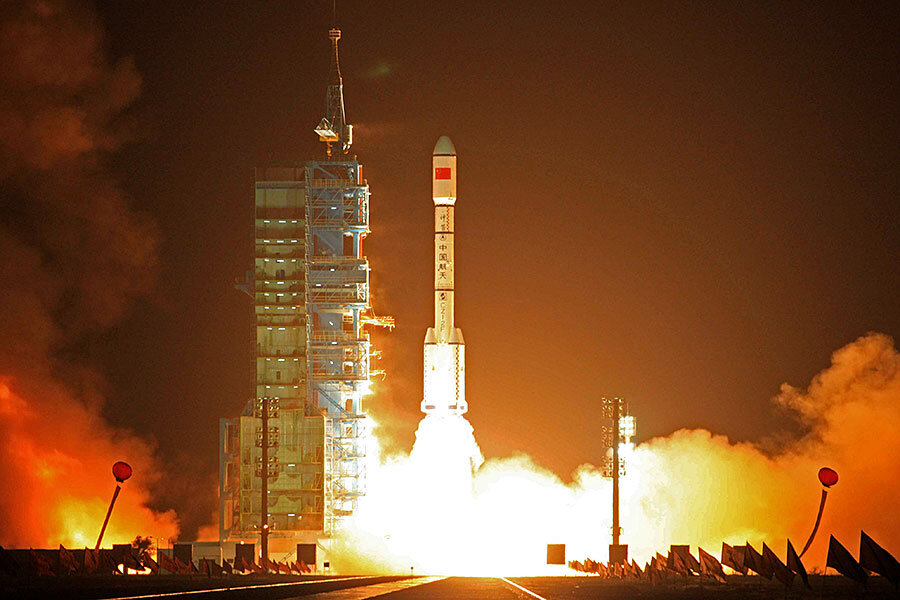If China lands on far side of moon, that would be a first for mankind
Loading...
China will send a probe to land on the far side of the moon in 2018, China’s state media Xinhua confirmed Thursday, in what will be a first for mankind.
The plan demonstrates a renewed drive in China’s space exploration focusing on the moon, and it is a departure from past missions, which often replicated accomplishments of the US or Russian space programs.
The probe, named Chang’e-4, after the goddess of the moon in Chinese mythology, will explore the half of the moon never visible from Earth, and never explored by humans.
“Chang'e-4 will be the first mission in human history to embark on this expedition,” said Liu Jizhong, chief of the lunar exploration center under China's State Administration of Science, Technology and Industry for National Defense, according to Xinhua news agency.
The far side of the moon was first photographed in 1959 by the Soviet Luna 3 mission. NASA's Apollo 8 astronauts were the first people to see it with their own eyes, in 1968. The crew also captured the iconic “Earthrise” image.
China’s Chang’e-3 mission in 2013 landed the Yutu, or Jade Rabbit, rover on the Earth-facing side of the moon. The following year, a probe successfully completed a return mission.
“The implementation of the Chang’e-4 mission has helped our country make the leap from following to leading in the field of lunar exploration,” Liu said.
China regards its multi-billion dollar space program as a reflection of its rising global prowess and technical expertise, as well as an important manifestation of the Communist Party’s modernization of the country, notes The Guardian.
Nonetheless, China’s space agency engages with other programs around the world. The Chinese are currently collaborating with India, Russia, and the European Space Agency, Clive Neal, professor of geology at the University of Notre Dame and chair of the Lunar Exploration Analysis Group, tells The Christian Science Monitor in an interview.
With regard to the United States and China working together in space, he says, “I understand that China is open to international cooperation, but current US law prevents NASA from being involved.”
Certainly, the fact that the Chinese space program is run by the military is cause for concern in some corners, even though China insists its space program is entirely peaceful.
“China’s aspirations are driven by its assessment that space power enables the country’s military modernization and would allow it to challenge US information superiority during a conflict,” states the 2015 Report to Congress of the China-US Economic and Security Review Commission.
“China’s rise as a space power has important national security implications for the United States, which relies on its own space capabilities to assess and monitor current and emerging threats to national security and project military power globally.”
Indeed, China used a ballistic missile to shoot down an orbiting satellite in 2007. And a new kinetic interceptor appeared to be tested by the People’s Republic in 2013.
“China continues to develop a missile defense umbrella consisting of a kinetic energy intercept capability at exo-atmospheric altitudes, as well as intercepts of ballistic missiles and other aerospace vehicles within the upper atmosphere,” asserts the US Department of Defense’s Annual Report to Congress, detailing Military and Security Developments Involving the People’s Republic of China 2015.
Whatever other facets there may be to Chinese endeavors in space, there is no doubt that Chang’e-4 has much to offer in the realm of science.
“I think it is fantastic!” says Dr. Neal. “A soft landing, with a rover, to explore FOR THE FIRST TIME on the surface, the far side of the Moon.”
“The far side is so different from the side that we see from Earth. It contains the biggest hole in the Solar System – the South Pole-Aitken basin.”







